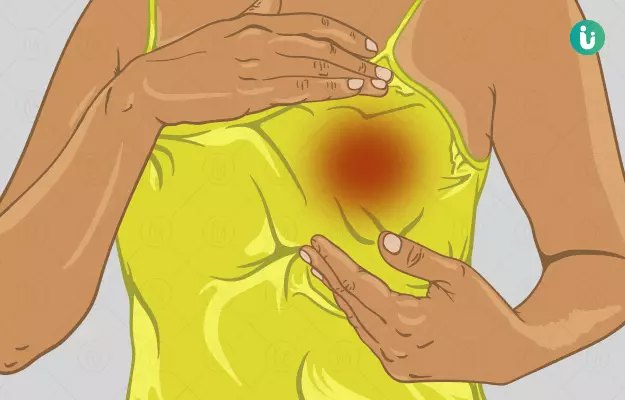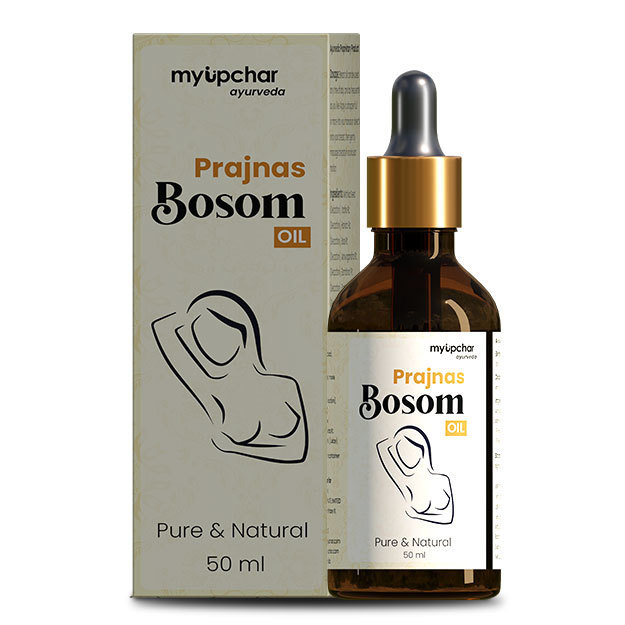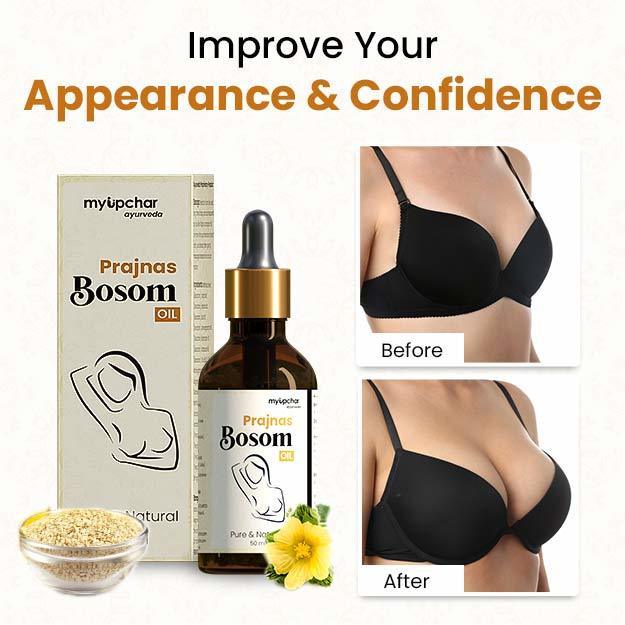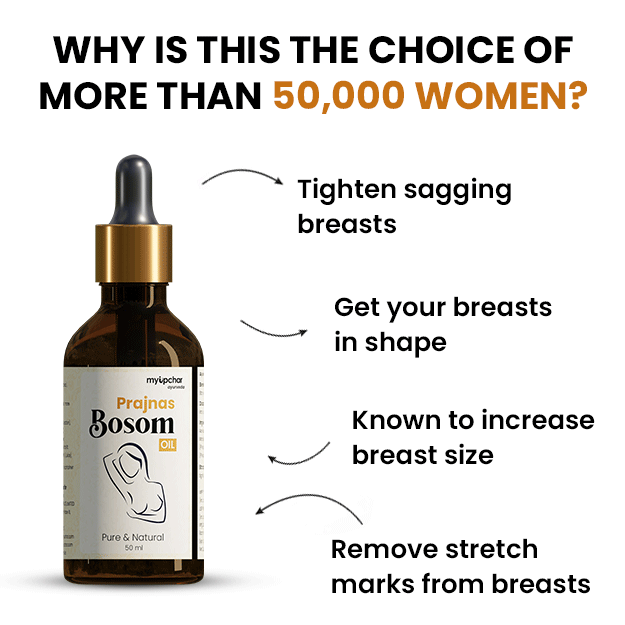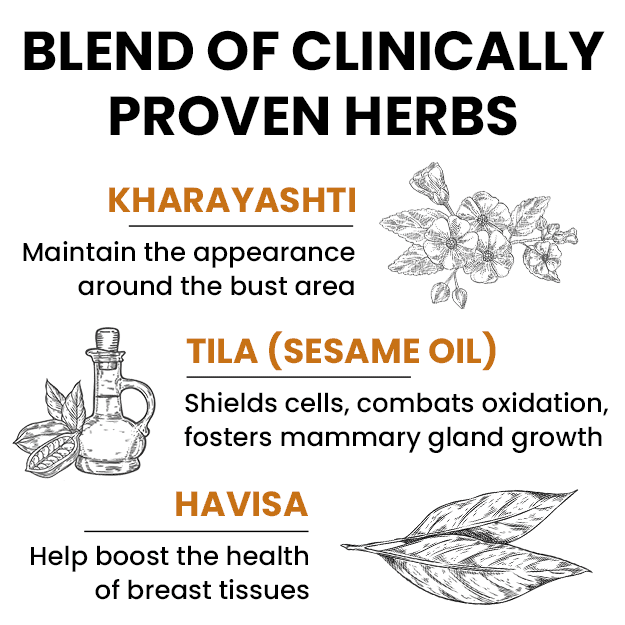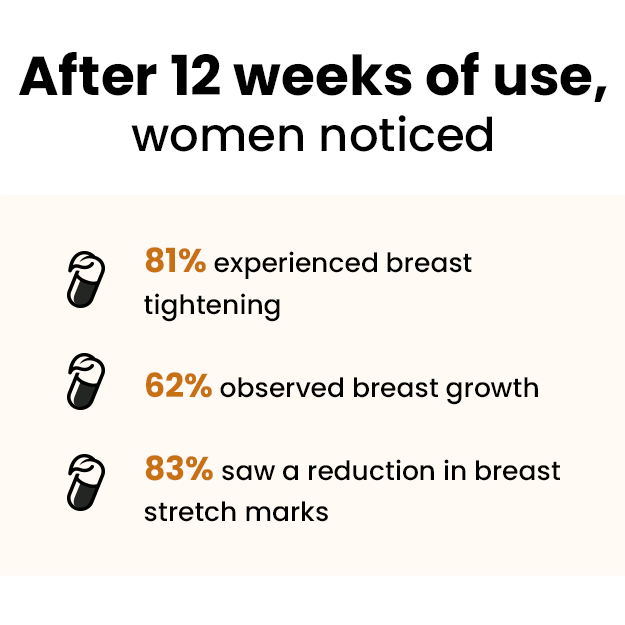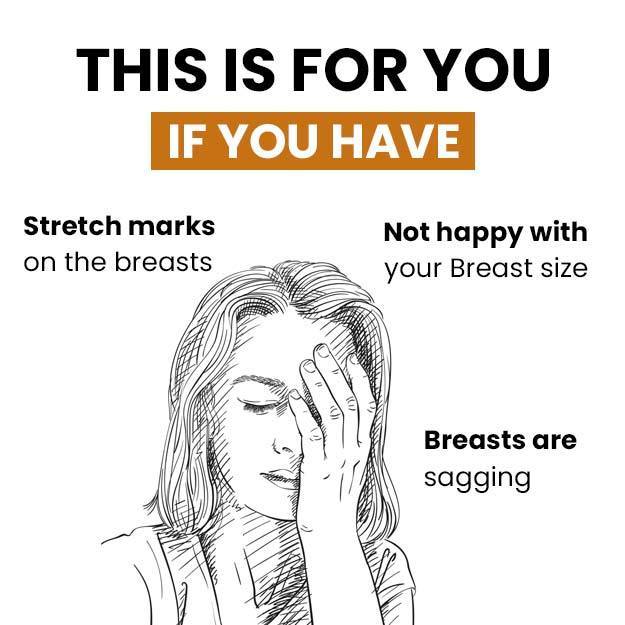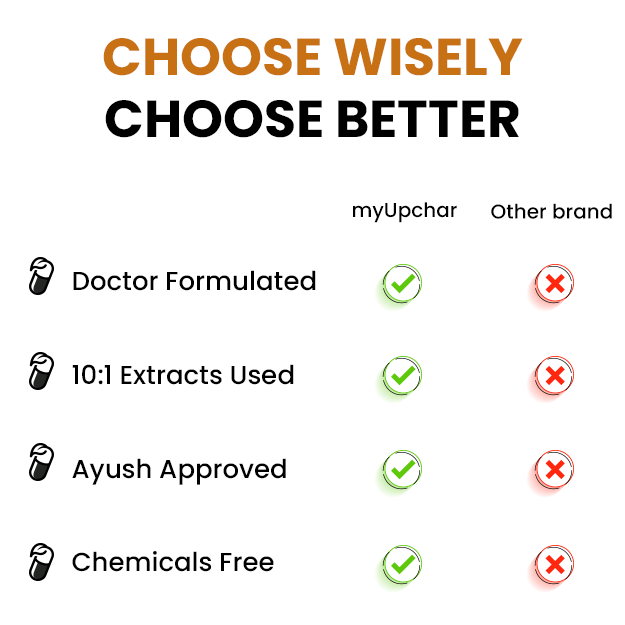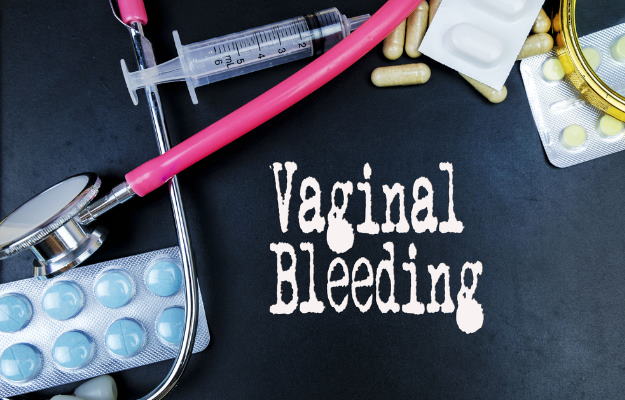The breasts are made up of four main tissue structures: adipose tissue, milk ducts, glands and connective tissue. Fat or adipose tissue works to increase or decrease fluids in the body as needed. This can cause your breasts to swell, which can be painful and tender to the touch. Other changes in breast tissue can also cause breast swelling.
Breast swelling is more likely to occur during menopause because hormone levels in the body fluctuate at that time. Pain when the breast is touched is experienced due to fibrocystic changes in the breast tissue that often occur during pregnancy, breastfeeding or menopause.
(Read more - Breast Engorgement)


